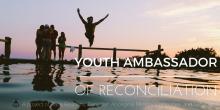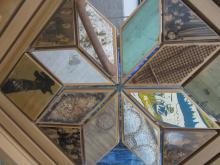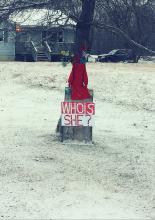Nearly 50 authors have contributed to a new, challenging collection of reflections on how churches can engage in this framework of reconciliation. If you are somehow troubled by that history, curious about how Indigenous Christians think about this history and future, or believe it is your personal, Christian, or civic responsibility to work for reconciliation with the peoples who lived in the land before European settlers arrived, you will find in this volume thoughtful, committed contributions from church people on Indigenous rights, the role of the state and the church, what the scriptures say, relationships with the land and the church, and living into our responsibilities together.










